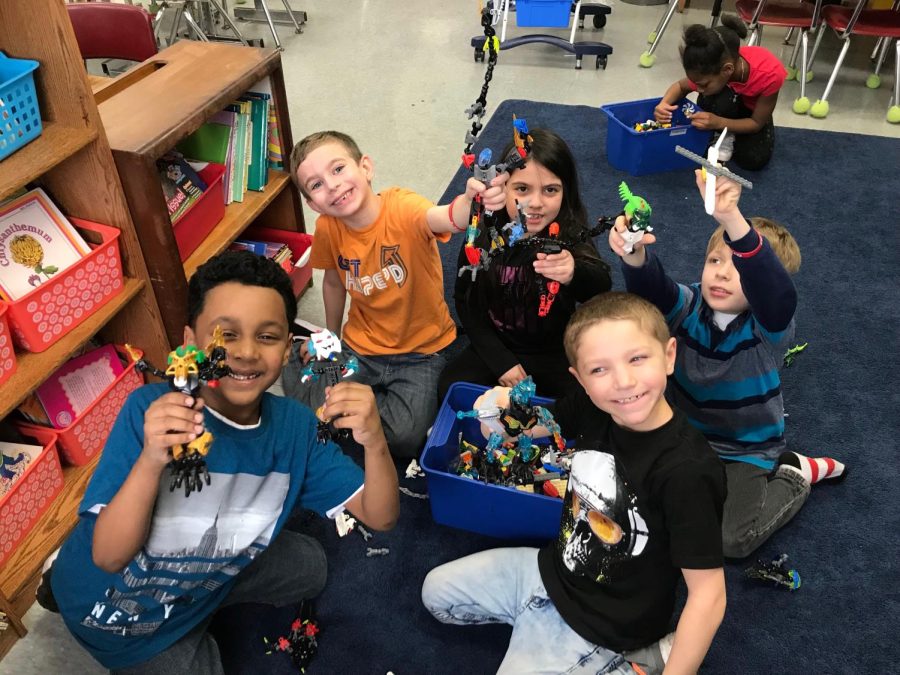Released on International Day of the Girl, Lego’s new campaign called Ready for Girls focuses on gender equality and preparing society for more women involvement instead of preparing girls for a gender-biased world.
The campaign surveyed over 7,000 kids between the ages of 6 and 14 and found that while girls are ready to break gender norms, today’s society has not yet adapted to accept and encourage their efforts in all fields.
According to the study, parents are three times more likely to encourage boys to participate in sports, take part in programming games and use products such as Lego. Parents are also six times more likely to think of an engineer as a male rather than a female, unveiling the unconsciously biased mindset much of society holds.
Lego is taking steps towards gender equality by implementing new categorization methods on their website and removing gender bias from their toys. In 2012, the United Kingdom launched a campaign called Let Toys be Toys with the goal of removing typical stereotypes associated with toys, and Ready for Girls is a continuation of the same idea.
“I feel like I missed out on having a chance to develop technical skills earlier on in life. Until I was in junior high, I wasn’t exposed to STEM fields,” senior Claire Haas said. “Destigmatizing subjects like science, math and mechanics at a young age through exposure to traditionally male toys will help girls to realize what they are passionate about.”
Lego’s campaign focuses on raising awareness about this imbalance and encouraging women to continually break standards. The company asked parents to “share photos of their child’s LEGO creations… featuring the words ‘Get the World Ready for Me’” to demonstrate how girls have the capability to succeed in any field if given the opportunities beginning at a young age.
Although toys such as Lego have not historically been targeted towards girls, their previous attempts to engage girls have been successful and have shown that girls share the capacity for growth and development in the same fields.
“Ever since I brought the Lego Friends to my classroom, there’s always a group of girls that play with them every indoor recess,” Moline Coal Valley third grade teacher Kaylee Lance said. “I think kids like to feel represented in the toys they’re playing with, and Lego Friends does that for the girls.”
The Lego movement has also brought about arguments pertaining to destigmatizing an even wider range of toys and allowing more young boys to play with traditionally girls’ toys. “If girls aren’t playing with Lego or other construction toys, they aren’t developing the spatial skills that will help them in later life. If dolls are being pushed on girls but not boys, then boys are missing out on nurturing skills,” Danish Toymaker Gina Rippon said.
In an ever-changing world, young kids are more likely to play with any sort of toy if the gender bias and stigma is removed. Lego’s campaign works towards creating a mindset change from parents and older members of society to eliminate typical stereotypes behind toys, allowing for gender-neutrality to have a progressive impact on the future.










Mattie Moats • Feb 10, 2022 at 8:28 pm
This is such a good article! I think that it is so crazy how many people have this unconsious bias. I am so glad that now people are recognizing it and trying to fix the problem and make everything equal.